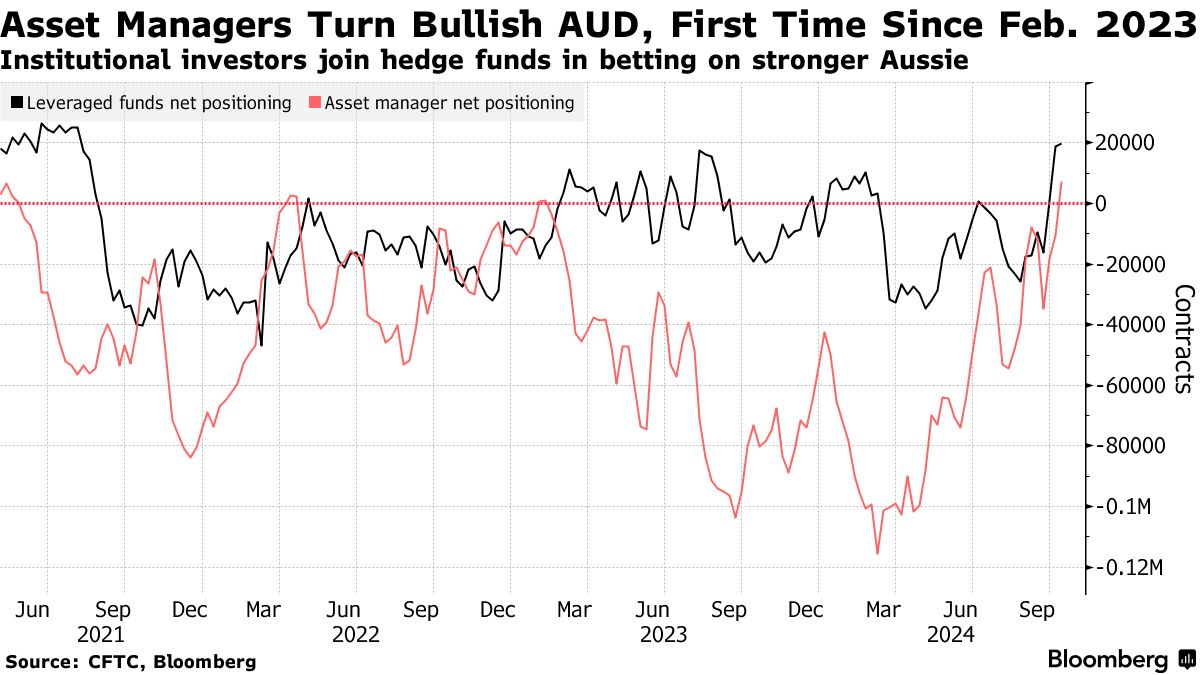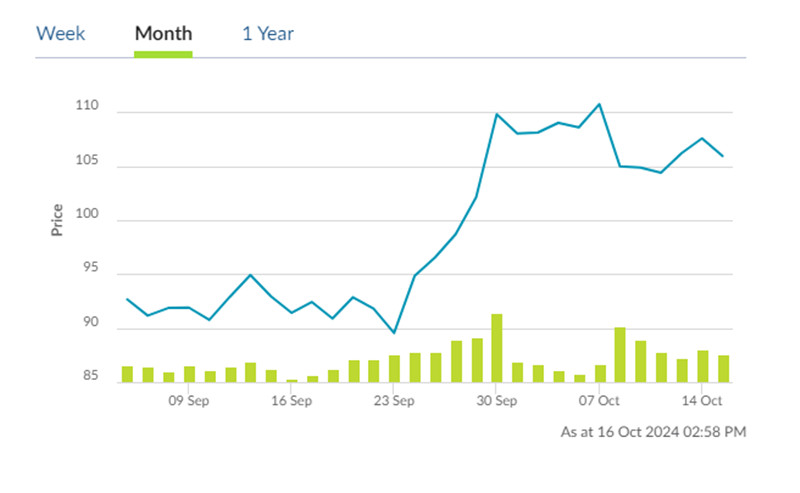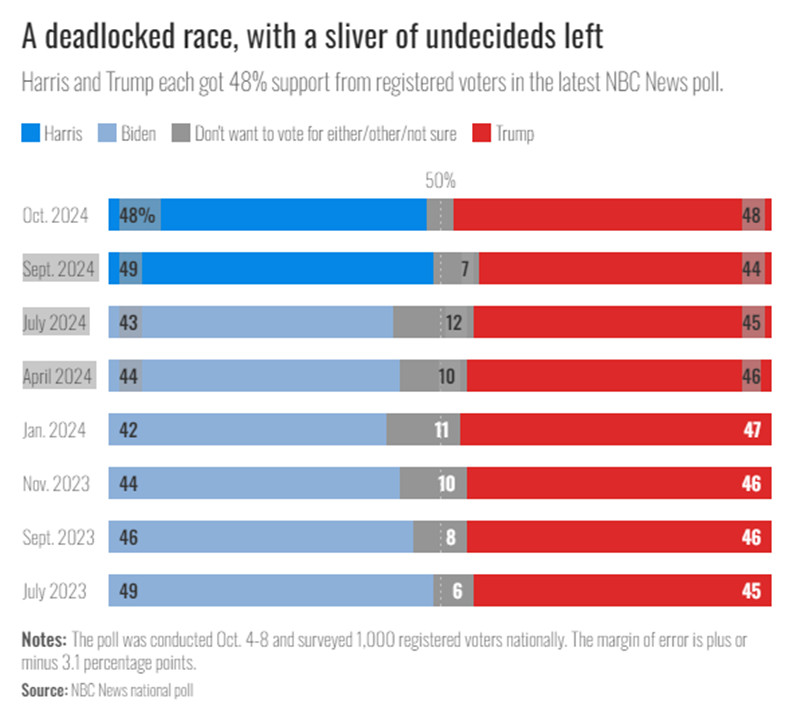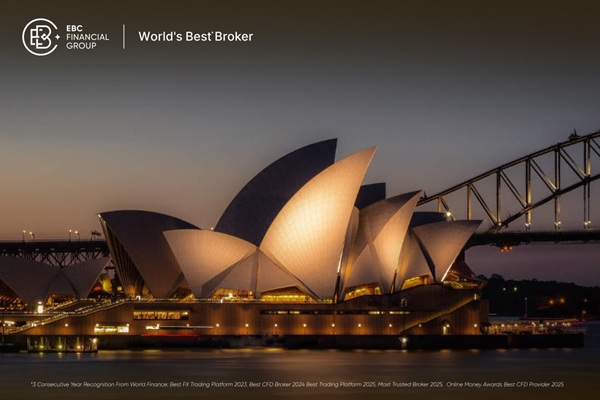Institutional investors have shifted their stance on the australian dollar, turning the most bullish on the currency since March 2021. This change comes as expectations rise that the Reserve Bank of Australia (RBA) will maintain interest rates at elevated levels for the foreseeable future. According to recent data from the Commodity Futures Trading Commission (CFTC), asset managers flipped to a net long position on the Australian dollar in the week ending October 8. This marked a significant turnaround after months of bearish sentiment that had persisted since February 2023. This shift in investor outlook highlights growing confidence in the Australian economy and its ability to withstand global economic challenges.

The RBA will sit tight on rates until being confident that inflation is
moving sustainably toward target, minutes of the last meeting showed, suggesting
policy easing still remains some way off.
The minutes shine a spotlight on the board's policy conundrum at a time when
Australia's inflation remains elevated and sticky while the rest of the world is
slowly embarking on an easing cycle.
Financial market pricing implies the RBA's next move is down, with a cut seen
early next year. A Bloomberg News survey showed that a majority of economists
expect it to keep rates on hold this year.
The Aussie dollar rallied to the highest in 19 months in late September
following China's stimulus announcement. However, it has pared some gains this
month due to expectations of smaller Fed rate cuts.
"The position flip to longs … has to navigate a lot of consequential risks in
coming weeks," said Richard Franulovich, head of FX strategy at Westpac. He
recommended going long at better levels towards 0.6630.
A Chinese gift
Consumer price increases slowed to a three-year low in August thanks to
government rebates on electricity, while core inflation hit its lowest since
early 2022. But both are high among developed economies.
Australia added more jobs than expected in August as the unemployment rate
remained steady. Jobless rate needs to rise to ensure inflation's retreat
continued, said the RBA.
The economy expanded by a modest 0.2% in Q2, unchanged for three straight
quarters, slightly below expectations and underscoring persistent economic
challenges
With two strong quarters expected in the second half of the year, evidence so
far is scant that a rebound in consumer spending is materialising as households
saved most tax cuts.

But China's dedicated efforts to pull itself out of a slump could benefit
mining industry. Last week iron ore prices reached three-month highs on hopes
that demand would improve significantly.
Home sales ticked up in some cities during the week-long holiday. However,
the average daily transaction area of new homes fell 27% YoY during the period,
according to the report which surveyed 25 major cities across China.
Private reports showed consumer sentiment down under climbed to a more than
two-year high in October, while remaining deep in pessimistic territory, and
business conditions rose to a four-month high.
Tariff man
The dollar climbed to the strongest level in two months as former President
Donald Trump defended proposals to dramatically raise tariffs on foreign
imports.
Just three weeks away from the election, markets need to price in prospects
of a Trump win and currency markets will be directly affected by a fresh trade
war, according to Amundi.
Trump and Harris are deadlocked in the latest national NBC News poll as
Republicans came back home to support him after last month's rough debate and a
subsequent polling deficit.

Still, underlining the poll is uncertainty about the election with 10% of
voters saying they might change their minds and a sliver of unclaimed voters
still on the fence.
Tariffs would stem capital flow overseas, potentially driving up inflation
and interest rates. A prolonged trade war also stands to weigh on global risk
sentiment –another tailwind for the dollar.
Barclay expects to see the biggest impacts against economies with which the
US has a large trade deficit, like China. That could have been behind the urge
to pump in tremendous liquidity in September.
Even countries like India and Vietnam could continue to benefit from
accelerating supply chain diversification from China, their making up of the
Australian export loss from China's pressures seems unlikely.
Disclaimer: This material is for general information purposes only and is not
intended as (and should not be considered to be) financial, investment or other
advice on which reliance should be placed. No opinion given in the material
constitutes a recommendation by EBC or the author that any particular
investment, security, transaction or investment strategy is suitable for any
specific person.

























